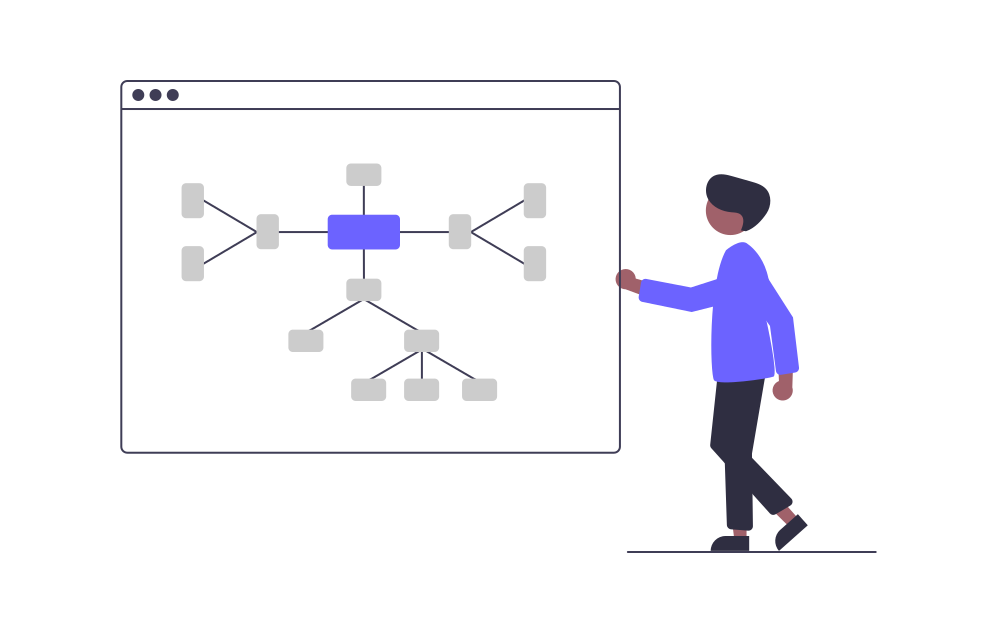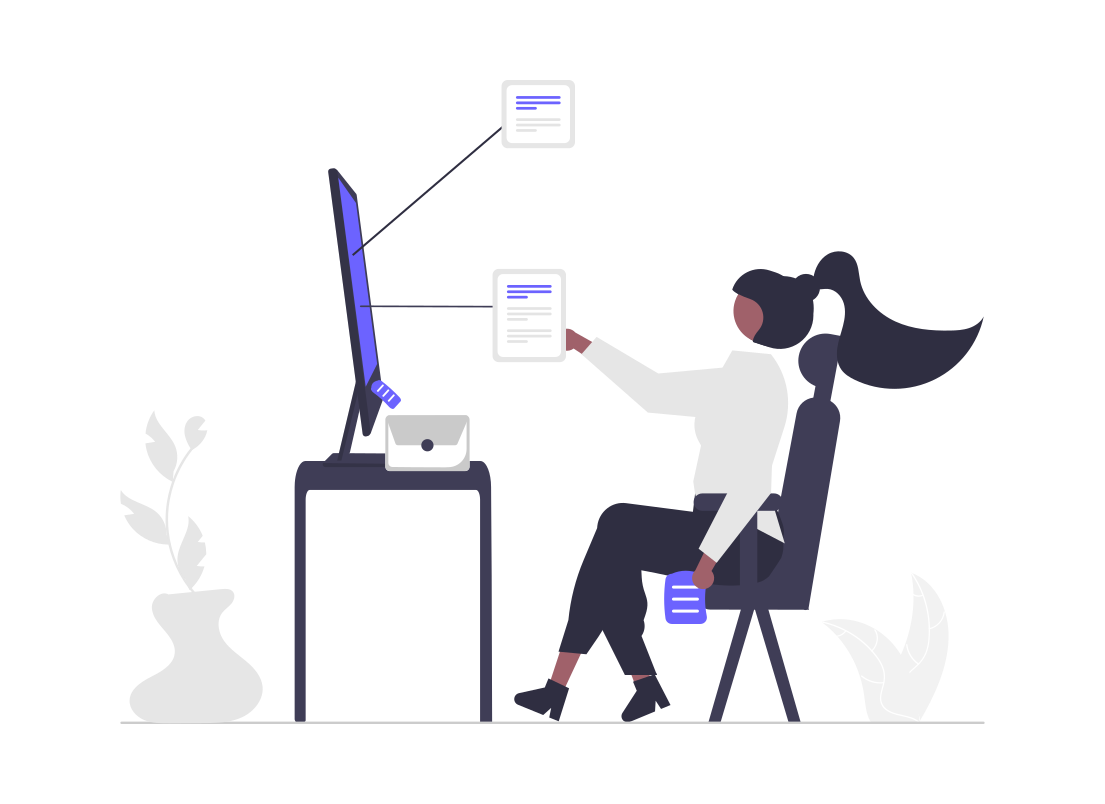We gather a lot of information from a lot of places. It can be through the internet journals, books, or social media. It is very difficult to remember all the information and work based on that. People usually remember things when they are able to visualize anything. According to research people can retain 65% of the information three days after watching an image with data compared to 10% of the information they hear.
So it is important to visualize your information and while talking about visualization it is pretty common to know the name of concept mapping. So let’s dig deep into it what is it and where it is used.
What is a concept map?
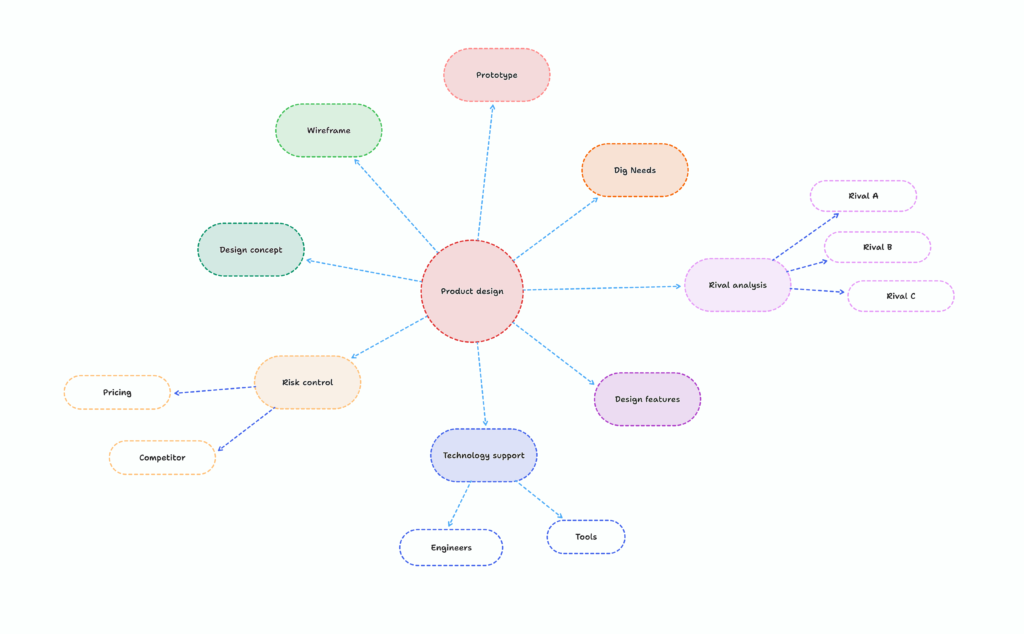
Concept maps are information visual representations. Charts, visual organizers, tables, flowcharts, Venn Diagrams, timelines, and T-charts are some examples. Concept maps are especially beneficial for kids who learn visually, but they can benefit any type of learner.
A concept map mainly works for visualization of the content or information. Concept mapping is primarily important for smaller to larger teams.
Key features of concept maps
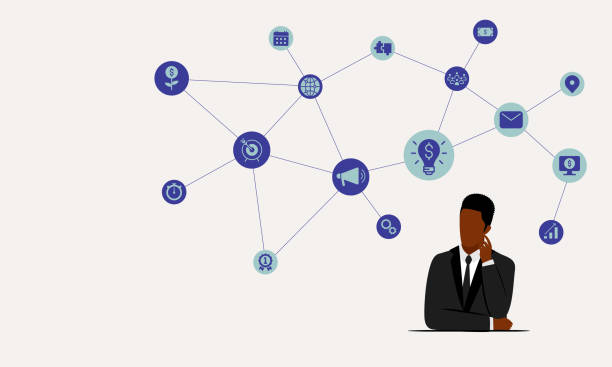
- Visual Representation: Concept maps visually represent relationships between concepts using nodes (concepts) and arrows (relationships).
- Hierarchical Structure: Concept maps have a hierarchical structure that allows for organizing and categorizing concepts based on their level of specificity or importance.
- Conceptual Understanding: Concept maps are designed to help users grasp and understand complex concepts and their interconnections. They promote deep learning and encourage critical thinking.
- Flexibility: Concept maps provide flexibility as they can be easily modified or updated. Concepts can be added, deleted, or rearranged as needed to reflect changes or new insights.
- Knowledge Integration: Concept maps facilitate the integration of new knowledge with existing knowledge by connecting new concepts to those already understood.
- Communication Tool: Concept maps enable effective communication and sharing of ideas among individuals or groups, providing a common understanding of complex topics or subjects.
- Assessment Tool: Concept maps can be used as an assessment tool to evaluate students’ comprehension and ability to organize and connect concepts.
- Brainstorming Aid: Concept maps serve as a useful tool for brainstorming and generating ideas. They visually display the relationships between different concepts, helping to stimulate creative thinking.
- Cross-disciplinary Application: Concept maps can be applied across various disciplines, including education, psychology, science, business, and more, making them a versatile tool for knowledge organization and representation.
Differences between Concept Map and Mind Map
Concept Map:
- Focuses on the relationships between concepts.
- Represents concepts using nodes (boxes) and relationships using arrows or lines.
- Hierarchical structure with a central concept and sub-concepts.
- Emphasizes the organization and structure of knowledge.
- Used for capturing, organizing, and representing complex ideas or systems.
- Supports critical thinking and deep understanding of concepts.
- Widely used in education, research, and knowledge organization.
Mind Map:
- Emphasizes the generation of ideas and associations.
- Represents ideas using branches radiating from a central idea/topic.
- Non-linear structure, allowing for free association and exploration of ideas.
- Encourages creative thinking and brainstorming.
- Used for organizing thoughts, planning, problem-solving, and note-taking.
- May include images, symbols, and colors to enhance visualization.
- A popular tool for personal organization and creative thinking.
Although both concept maps and mind maps are visual tools used for organizing and representing information, they differ in their focus, structure, and purpose. Concept maps primarily highlight the relationships between concepts and promote deep understanding, while mind maps focus on generating ideas, fostering creativity, and aiding in personal organization and planning.
Concept mapping for business
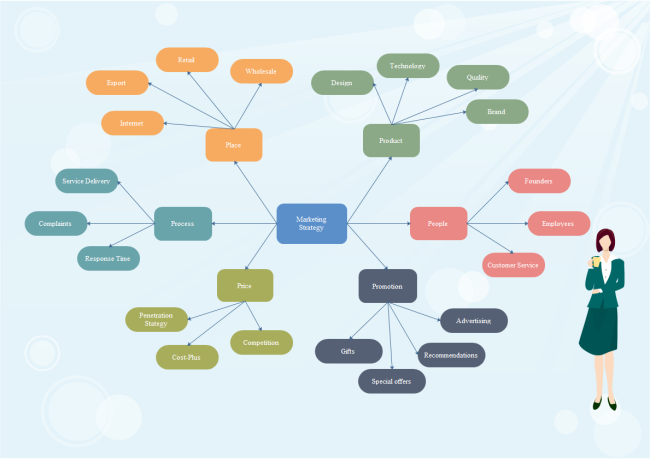
Concept maps can be used in various ways in business to better understand complex systems, track progress, and make informed decisions. Some of the ways concept maps can be used in business are:
- Strategic planning: Concept maps can be used to visualize relationships and dependencies among different elements of a business strategy. They can help identify the strengths, weaknesses, opportunities, and threats (SWOT) and develop a strategic plan to achieve business goals.
- Idea generation: Concept maps can foster the generation of new ideas by encouraging brainstorming and exploring new connections between concepts. This can facilitate innovation and creativity in product development, marketing, and other areas of the business.
- Process mapping: Concept maps can help businesses visualize their internal processes and identify areas for improvement. This can be useful in streamlining operations, reducing costs, and enhancing customer experience.
- Training and development: Concept maps can be used as a tool for training and employee development. Through visual representation of complex systems and processes, employees can better understand their roles, and responsibilities and how they fit into the larger scheme of things.
- Marketing strategy: Concept maps can be used to plan and develop marketing strategies, identify target customers, and analyze consumer behavior. By mapping customer needs and preferences, businesses can create effective marketing campaigns and improve their customer relationships.
In summary, concept maps provide a visual representation of complex systems, allowing businesses to understand, analyze, and improve their processes, strategies, and relationships. They encourage critical thinking and foster innovation, making them a valuable tool in decision-making and problem-solving.






